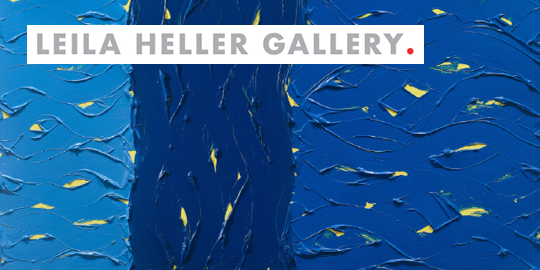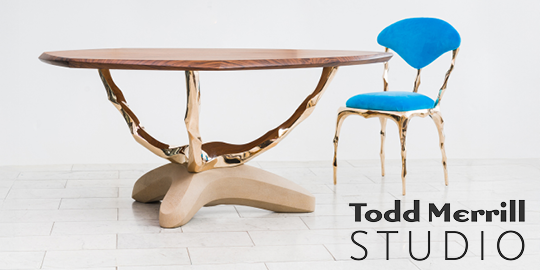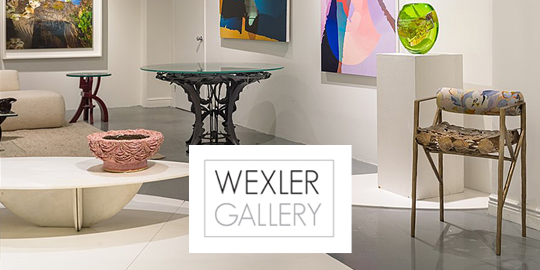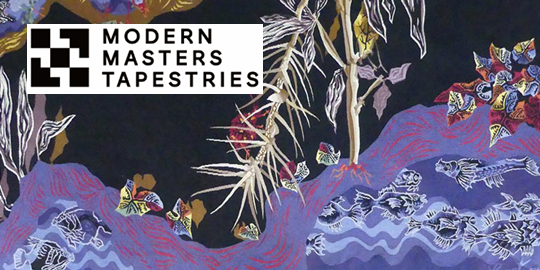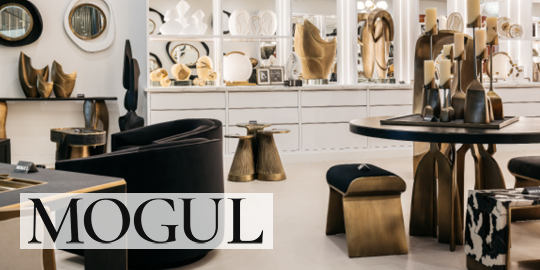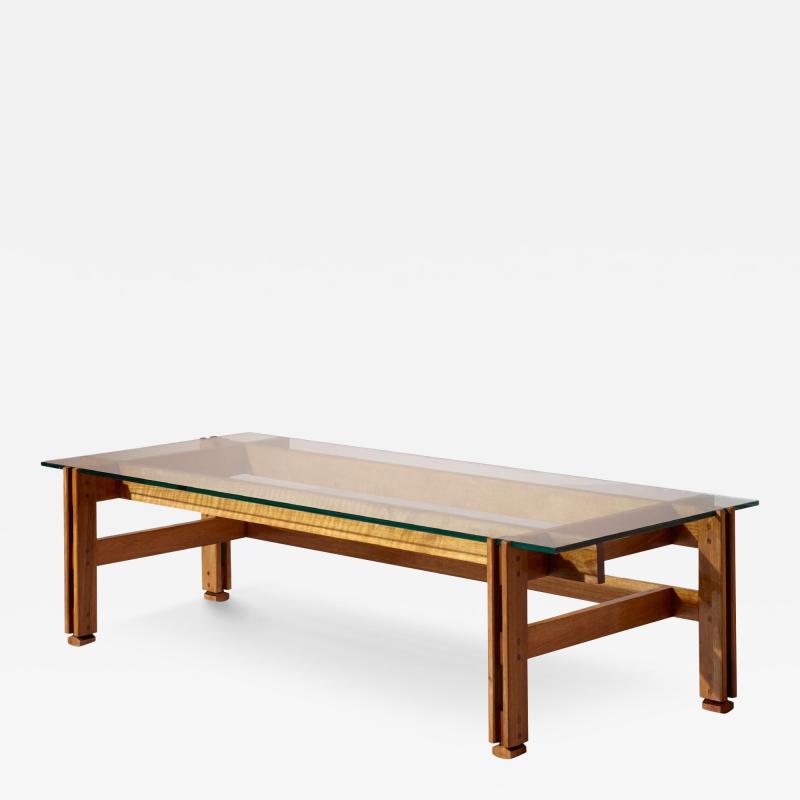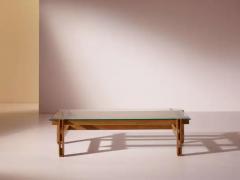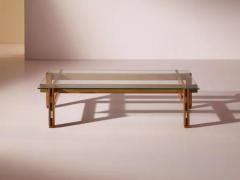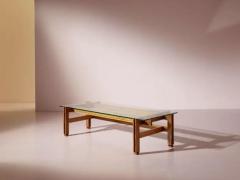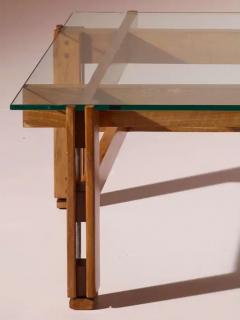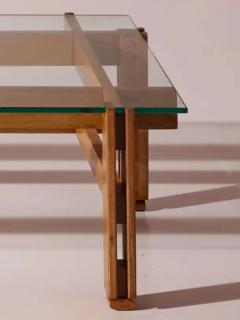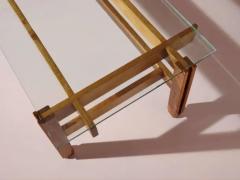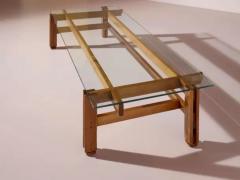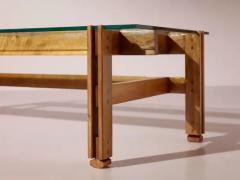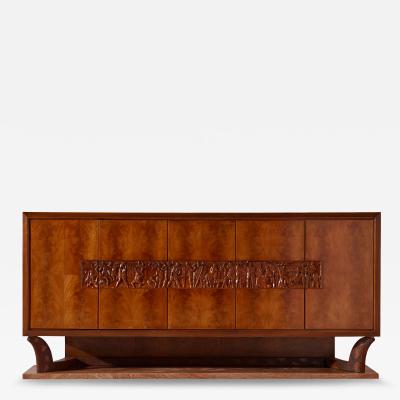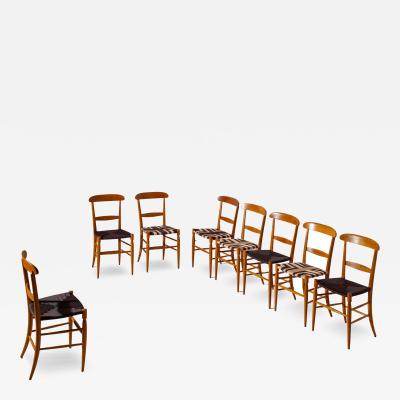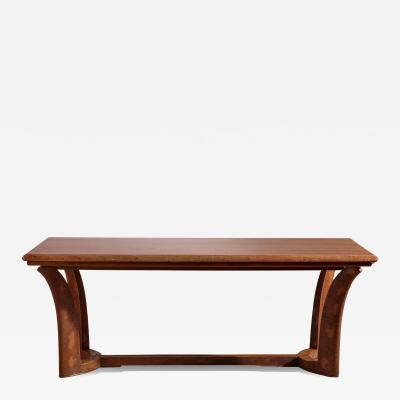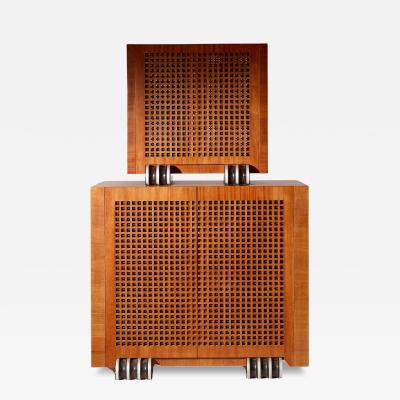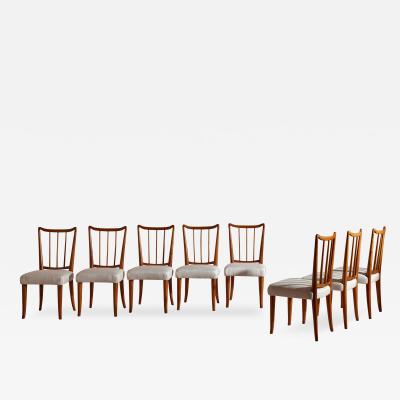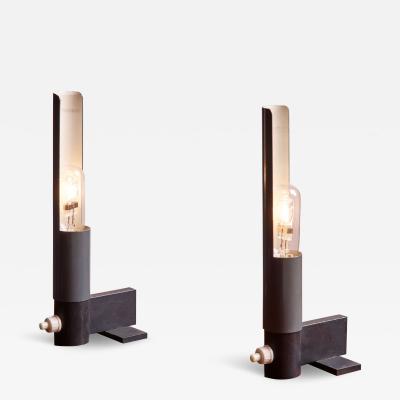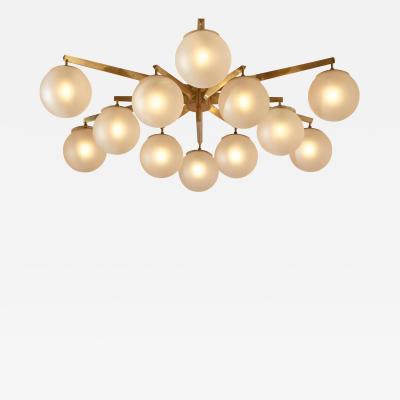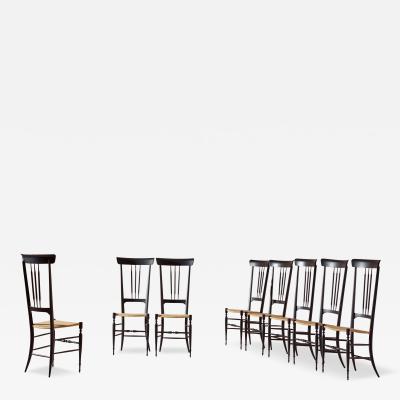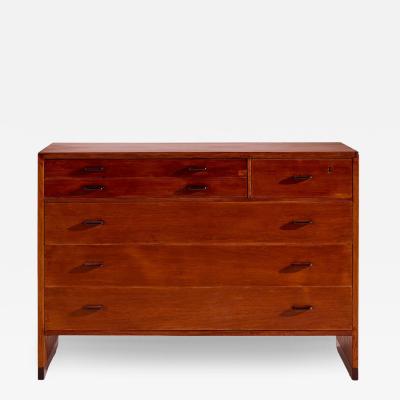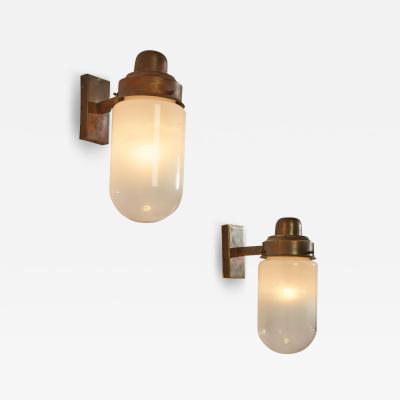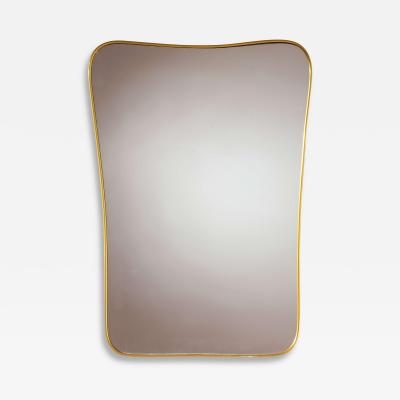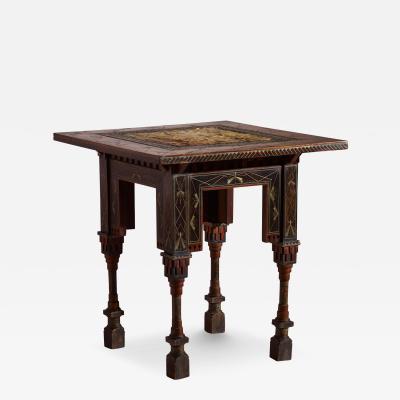A wood and glass coffee table, Model 751, produced by cassina, designed by Ico and Luisa Parisi, Italy, 1960s
The coffee table has always been a proving ground for every great architect or designer. Small and low, it often occupied the center stage in living rooms, serving as the true focal point of the space. In 20th-century furniture design, the coffee table became a canvas for endless creative interpretations, yet it always fulfilled the same role: a small ceremonial altar where the middle class celebrated itself during convivial hours, delicately handling porcelain cups and fragile saucers.
Some of these low tables have achieved iconic status, thanks to the creative brilliance and intuition of their designers. Amid the obsession with symmetry and coordinated “en pendant” arrangements typical of certain bourgeois interiors in the 1950s, a groundbreaking innovation emerged: an entirely asymmetrical coffee table designed by Ico and Luisa Parisi.
Upon closer inspection, the wooden supports holding the glass top reveal an almost architectural construction, characteristic of Parisi’s other works. Slender wooden slats are meticulously assembled, with interlocking joints—crafted entirely in wood—not only serving a structural purpose but also elevated to the dignity of decorative elements. A second look, as though revealing a curious optical illusion or perspective effect, highlights the asymmetrical development of the entire piece.
This is the magic of exceptional design: an object that defies the classic rigor of symmetry, yet remains elegant, refined, and perfectly proportioned. For those seeking to furnish their home with a piece capable of introducing a subtle revolution to their living room, this table is the ideal choice.
Dating back to the 1960s, the table retains its original glass top. Manufactured by Cassina, it was cataloged under model number 751.
Dimensions: 132 x 57 x h 36 cm


